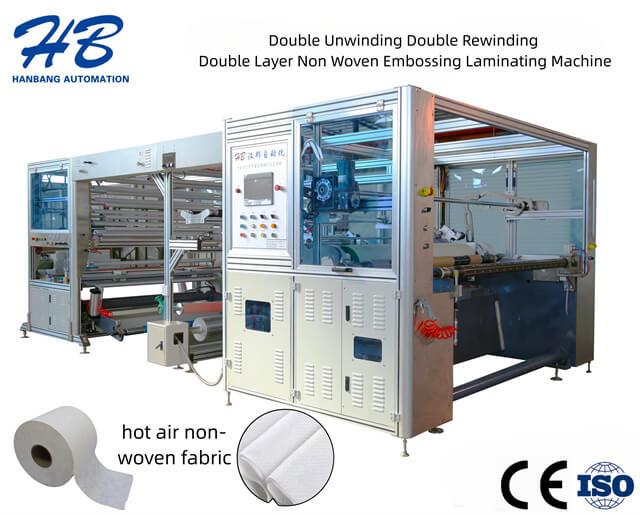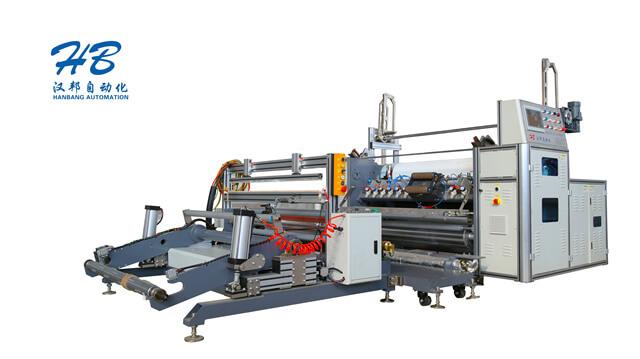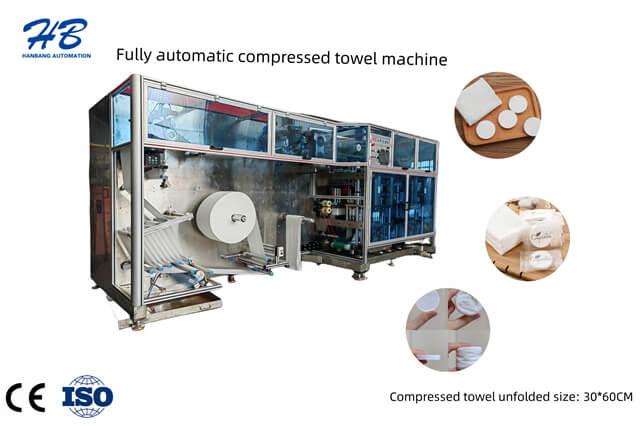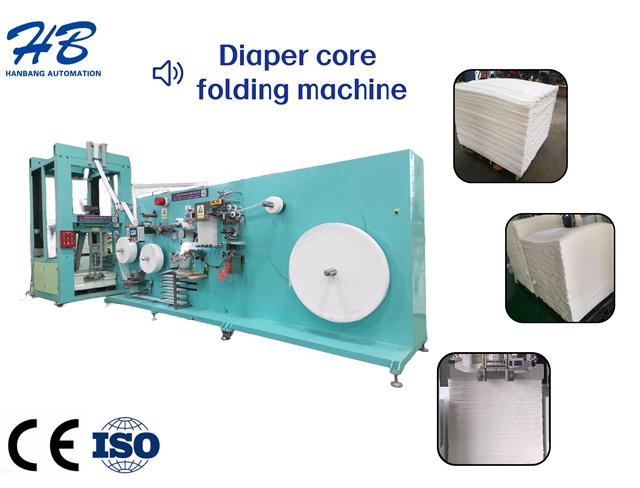Author:HB Nonwoven MachineryFROM:Compressed Towel Machine Manufacturer TIME:2023-11-18
Introduction:
The diaper and sanitary napkin industry plays a crucial role in ensuring the hygiene and comfort of individuals. One of the key machines used in this industry is the non-woven fabric embossing machine. This article aims to provide an overview of the installation process of such a machine, highlighting its importance and benefits.
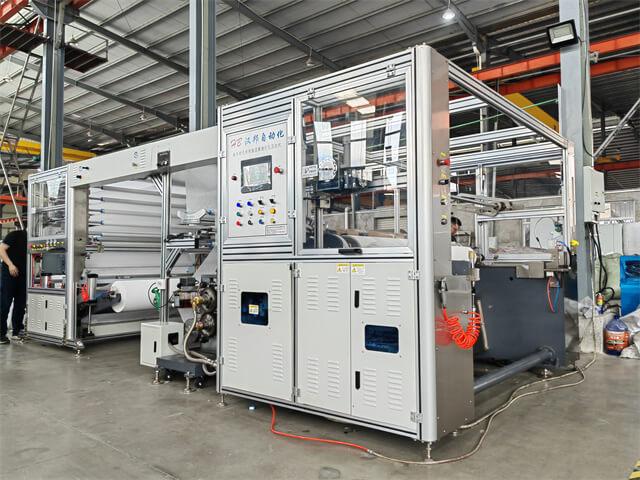
Non-woven fabric embossing is a process where patterns or designs are imprinted onto non-woven fabrics used in the production of diapers and sanitary napkins. The embossing adds a decorative element to the products while also enhancing their absorbency and softness.
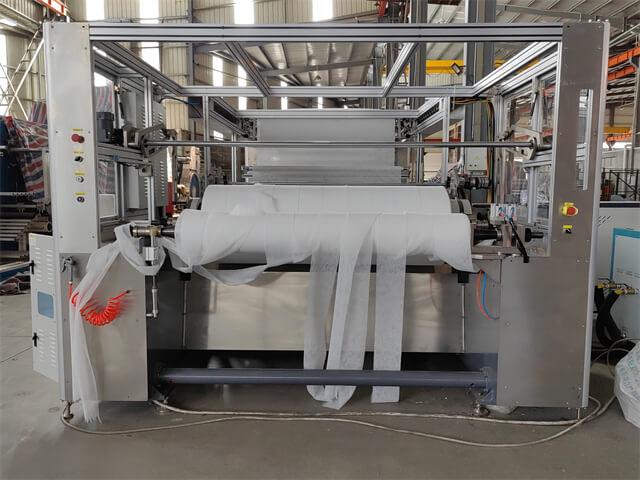
The non-woven fabric embossing machine is responsible for carrying out the embossing process efficiently and effectively. It consists of rollers with engraved patterns that impress the desired design onto the fabric. The machine's speed, pressure, and temperature can be adjusted to achieve the desired embossing effect.
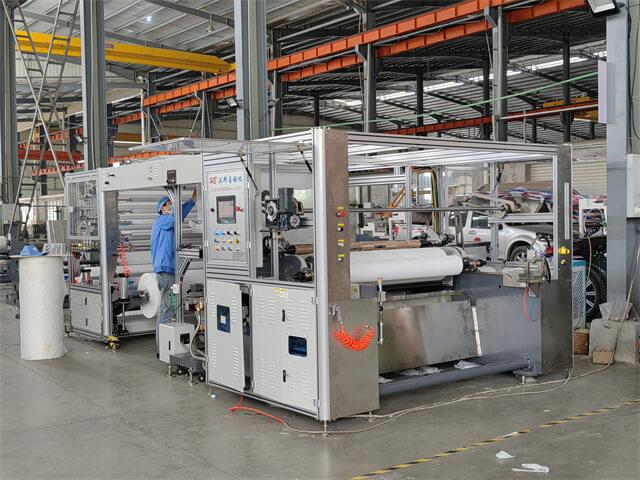
Installing a non-woven fabric embossing machine requires careful planning and execution. Firstly, a suitable location within the production facility needs to be identified. The machine should be placed on a level surface away from any potential obstructions. Additionally, electrical and water connections must be installed according to the machine's specifications.
Prior to installation, it is essential to ensure compliance with all safety regulations. Adequate safety features such as emergency stop buttons, protective covers, and safety interlocks should be in place. Operators must receive proper training on machine operation and safety protocols to prevent accidents and injuries.
Once the installation is complete, the machine should undergo thorough testing and calibration. This includes checking the alignment of the rollers, adjusting the pressure settings, and verifying the correct functioning of temperature control systems. Testing helps identify any potential issues that need to be addressed before full-scale production begins.
Ongoing maintenance is crucial for the smooth operation of the non-woven fabric embossing machine. Regular cleaning, lubrication, and inspection of components are necessary to prevent breakdowns and ensure optimal performance. In cases of machine malfunction or unexpected issues, troubleshooting steps should be followed to identify and rectify the problem.
The application of embossing to non-woven fabrics offers several advantages in the diaper and sanitary napkin industry. It enhances the aesthetics of the products, making them visually appealing. The embossing also improves the absorbency and softness of the fabrics, enhancing the overall comfort for users.
The non-woven fabric embossing machine plays a vital role in the production of diapers and sanitary napkins, adding decorative patterns while improving absorbency and softness. The installation process requires careful planning, adherence to safety regulations, and thorough testing. Ongoing maintenance ensures the longevity and efficiency of the machine. By understanding the significance of this machine, manufacturers can continue to provide high-quality hygiene products to consumers.
